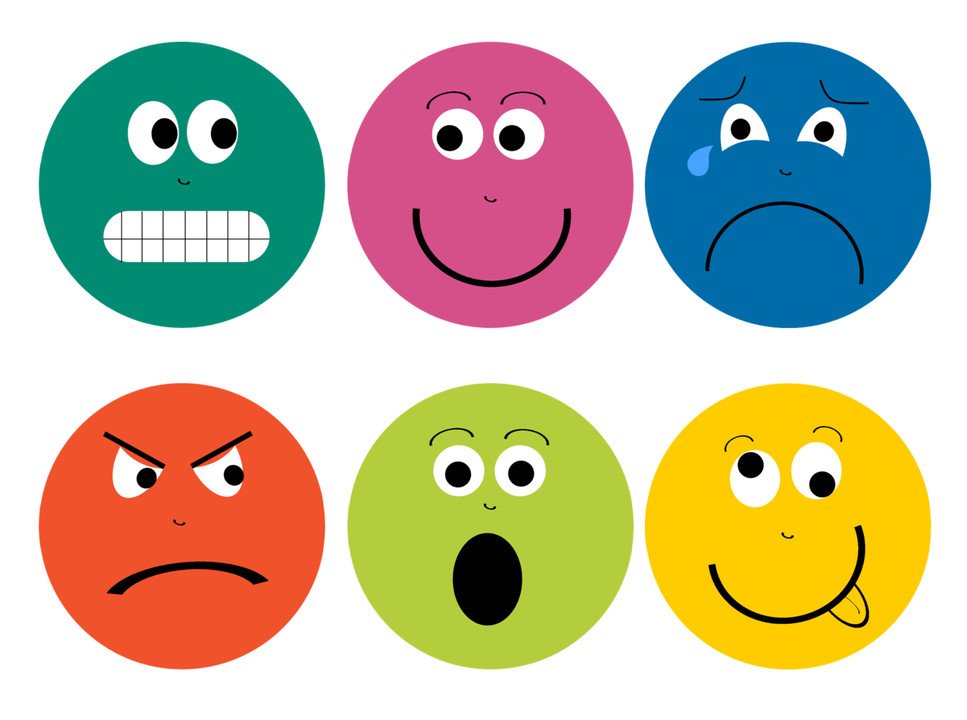How to control your weight by controlling your emotions
When I wanted to lose weight in my 40s I was surprised to learn that what helped me the most was nothing to do with diet plans, nutritional information or counting calories. Instead it was finding a way to deal with my thoughts so that I could handle the stressful events in my life without resorting to food or alcohol to change the way I felt. Prior to this the only way I knew to lose weight was to restrict what I ate to the bare minimum, giving up alcohol, chocolate and icecream and trying to exercise as much as possible. While this approach would bring weight loss results in the short term I found it impossible to stick to when life got busy. When I felt stressed I wanted the alcohol and the treats to enable me to relax and start to feel better. I didn’t have the energy to exercise because all my resources were channelled into keeping up with the demands of life. During these busy phases I would slowly start to put on weight until the next time things calmed down a bit and I felt able to return to another period of restriction.
Through my coaching work at Think Thinner I know that I am not alone in this approach. I am often told by people that they don’t have time to lose weight or the emotional bandwidth it takes to incorporate all the steps required to create healthy eating habits. It was important to me to find a method to lose weight and keep the weight off regardless of the pressures of life. To ensure that weight loss wasn’t another chore to add to the growing list of things that needed to be done, but it could be achieved alongside my busy life. That is when I discovered a coaching model that helped me deal with my thoughts and reduce the amount of stress I was experiencing. This is why I created Think Thinner and through this programme and coaching it means I am able to help other people to achieve their weight loss goals while continuing with their demanding lives.
The model I use teaches us that there are circumstances in the world. These are indisputable facts such as the job you have, whether you are married, where you live etc. We have thoughts about these facts which create a feeling in our body. These feelings are a one word description such as happy, frustrated, excited or angry and each of these feelings causes us to act in a certain way in response to these circumstances. The model therefore looks like this:
If we want to change the way we are feeling, because what we are feeling is stressed, then we need to look at the thought creating that feeling. Through applying this model we learn that these thoughts are optional, they are in our head and if they are not serving us then it is possible to change them. We cannot change circumstances, these are facts, but what we can change is how we think about those circumstances.
A simple example of how the model works
The circumstance - a client has emailed you to ask when a report will be ready.
Thought – I think the client might be getting frustrated with me so I should probably prioritise his work. This is going to make me fall behind on the other work I was going to complete this morning. Now I’m not sure what to prioritise and which work I should start first.
Feeling – overwhelm, frustration.
Action – start work on several different tasks at the same time, darting between the tasks and achieving very little overall.
An alternative thought could be:
Thought – I need to reassess the priority of the work I was going to complete this morning to ensure I am still working through my tasks in the correct priority.
Feeling – assertive, confident, calm.
Action – focused work on the top two priority tasks is completed.
This example illustrates how changing your thought can change the way you are feeling about a circumstance to ensure the action you take achieves the results you desire. It also shows us that you can only change your thoughts not those of other people including, in this example, the thoughts of the client. By managing your thoughts you can choose how you feel in a situation and control the action you take in response to those feelings. This type of emotional management is far more effective in reducing stress than trying to change the thoughts and actions of others which is, in any event, beyond your control.
This can be a difficult exercise to carry out alone which is why we spend so much time in coaching sessions using the model to change our thoughts and ultimately our behaviour. This enables clients to make healthy decisions and build up habits that will assist their weight loss. If you want to try the exercise on your own you should conduct a thought download by writing down all the thoughts which are in your head. Looking at the thoughts, you can then decide which thoughts are creating stressful feelings and whether it is possible to change those thoughts to create different feelings.
You may have heard this approach being referred to as “controlling the controlables”, which is exactly what you are doing in the thought download. You learn through carrying out this exercise that your thoughts are optional and only you have control over how you choose to think about something. By challenging these thoughts you are able to control the controlables by having autonomy over the thoughts which create stress in your life.
For the majority of people this will be the first time you have experienced the idea of a thought download or thought management and it can take some time to accept the principle that you have control over your thoughts. I wanted to share the model I use with you because it has had such a significant effect on my life. Using this model will enable you to learn how to manage your thoughts, dial down the amount of stress in your life and achieve the weight loss you so desire.




